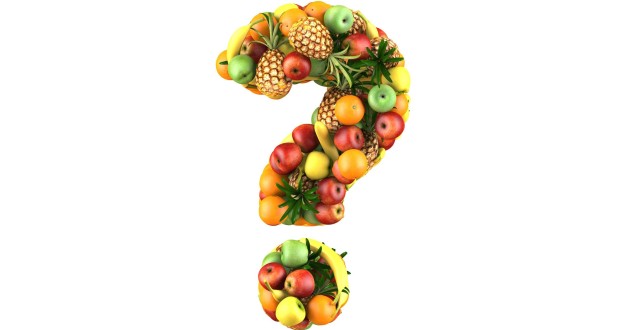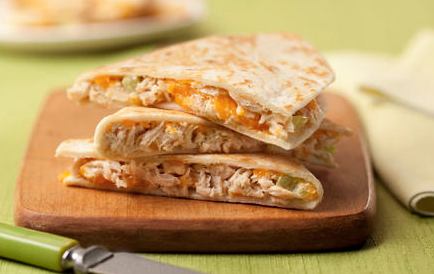All posts by jmcguire
Just Say No to Nuanced Nutrition Messages
There’s a temptation among those who give nutrition advice almost as powerful as a freshly baked cupcake – lists. Whether we call the categories eat this/not that, red/yellow/green, or the dirty dozen/clean fifteen, lists are predicated on the fact that figuring out exactly what foods to eat requires a highly specific knowledge (and memory!). While categories and lists lend themselves to visually appealing media placements, some within the nutrition community are beginning to ask what real people actually make of the advice.
A recently published Nutrition Today article, for example, looked at the way low-income shoppers in particular respond to nuanced nutrition advice. Researchers surveyed 510 low-income shoppers in the greater Chicago area to learn how messages about conventional and organic fruits and vegetables influence purchasing intention. The researchers clarify that, ideally, we want publicly communicated information about fruits and vegetables that motivates people to purchase more produce of all types. And we want to steer clear of language that discourages buying produce.
In the survey, messages that listed specific fruits and vegetables with higher pesticides made participants less likely to purchase any type of produce, whether organically or conventionally grown. Researchers conclude a possible net effect of nuanced produce recommendations combined with limited access and availability among lower-income populations is decreased fruit and vegetable purchases and intake.
What does this have to do with seafood? Similar studies looking at the effects of seafood lists also show that people do not differentiate between the “eat this” seafood choices and steer clear of the “not that” category. They just eat less seafood altogether.
The takeaway: Lists may be just right for an infographic, but all wrong for improving public health.
Latest News
Study: Canned Tuna and Salmon Offer the Biggest Brain Boost for Your Buck
As dietitians, we are well aware of the disconnect between what we say people should eat and what they actually do eat. The reasons for the gap are complicated, but, simply put, health just isn’t the only – or even primary – reason people eat what they eat. So what is?
When it comes to seafood during pregnancy, the nutrition science is clear – when moms-to-be regularly eat a variety of seafood, it improves their babies’ brain development. Children can gain 3+ IQ points when their moms eat 8-12 ounces of seafood weekly during pregnancy. The average American mom-to-be eats less than 2 ounces of seafood each week. Here are some of the reasons why Americans say they don’t meet the recommendation:
For a newly published Nutrition Journal article, we compared the consumption of select fish species necessary to achieve IQ benefits, the amount necessary to have adverse developmental effects due to mercury exposure, and the cost-per-week for pregnant women to achieve maximum IQ benefits for their developing child.
Here are the takeaways:
- Canned light tuna was the least expensive option at $1.83 per week to achieve maximum IQ benefit, followed by canned salmon ($2.61) and canned albacore tuna ($2.72).
- For these types of fish, moms-to-be would have to eat more than six times the beneficial amount to approach harmful effects.
- Making the shift to canned and pouch seafood options can save a person up to $130 per year in discretionary food spending.
So what can we include in nutrition advice that gets people eating healthy foods like seafood without going on and on about how healthy it is? This study underscores the importance of nutrition advice that address real-world considerations like cost and convenience.







